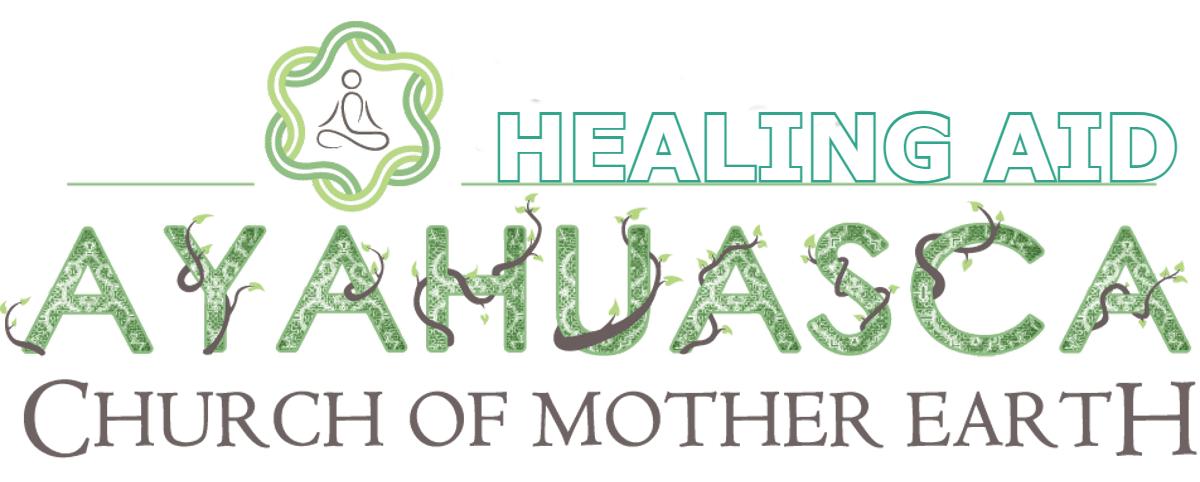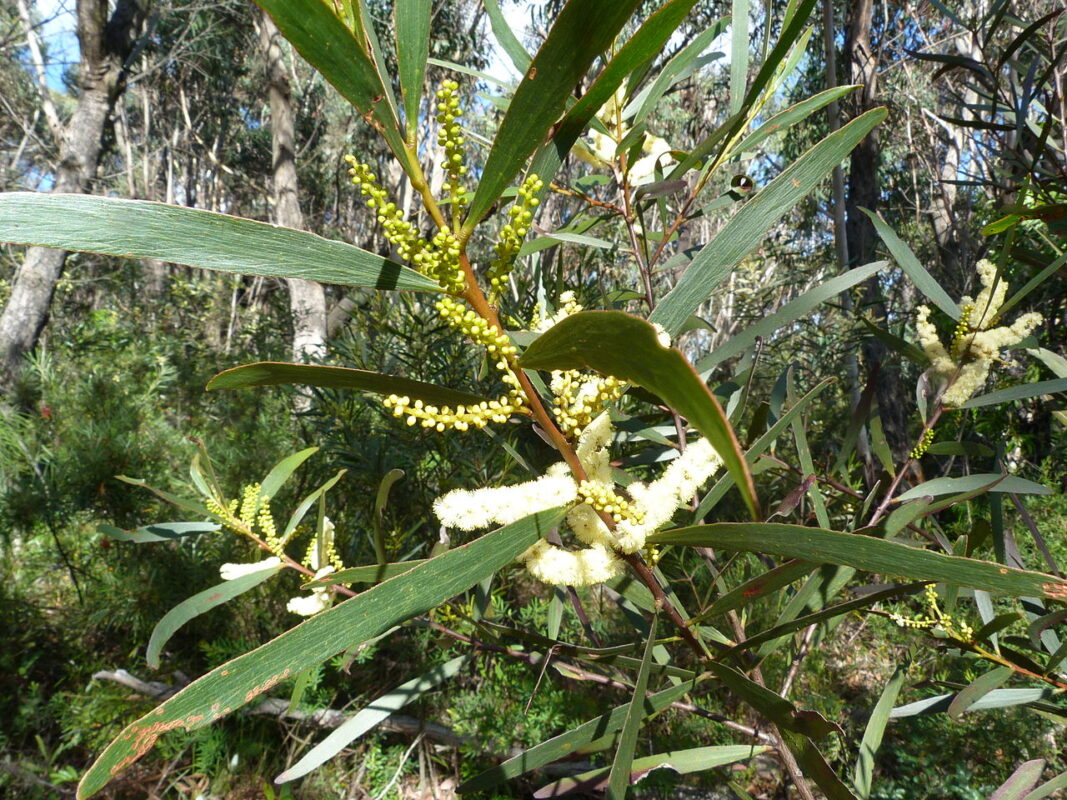Uncategorized
All you need to know about Changa Dmt
What is changa?
Changa is a smokable herb mix containing both a DMT-extract and an MAO-inhibiting plant. It causes a short, intense trip that’s similar to smoking pure DMT. Because of the MAO inhibitor – usually, the ayahuasca vine Banisteriopsis Caapi – the trip comes up more gentle, takes longer and is generally experienced as more grounded. Changa is sometimes called ‘smokable ayahuasca. It’s a relatively new phenomenon found primarily in the western psychedelic scene.

Changa Contents
Changa may contain an endless variety of plants and herbs. It’s ultimately a do-it-yourself project. Every changa alchemist develops their own ‘unique’ recipe, dependent on available herbs, specific needs and creativity. Changa always contains at least one plant (or extract) with MAO inhibiting qualities and a DMT-extract.
The ayahuasca vine Banisteriopsis Caapi is generally considered the main ingredient of the mixture. Both leaves and vine are used. An extract of Syrian rue (Peganum harmala) could function as a substitute. (The seeds have a strong MAO-inhibiting effect, but are less pleasant to smoke.) Another possible MAOI is passionflower (Passiflora incarnata): it’s less potent, but a popular ingredient because of her mild and calming effects.

Preferably, DMT is extracted from natural sources. However, on some occasions, synthetic DMT is added. In Australia, the acacia tree is the most common source of DMT, for example Acacia obtusifolia, Acacia confusa or Acacia acuminata. In the rest of the world, most people prefer Mimosa hostilis. Other DMT-containing plants like chaliponga (Diplopterys cabrerana), chakruna (Psychotria viridis) or reed canary grass (Phalaris brachystachys or Phalaris arundinacea) – or a combination of these – might be used as well.
A huge diversity of herbs and plants can be added to the mixture for different reasons: sometimes to give a specific quality to the experience (for example the dream herbs Calea zacatechichi and Silene capensis). Sometimes because of the taste (peppermint, lavender) or because of the looks (blue lotus). Both Deoxy and DMT-Nexus give an overview of different changa additives.
First DMT is extracted from the plant material. Then the herb mixture is infused with this extract. Different solvents can be used, for example, alcohol or ethanol, but also vinegar and lemon. The herbs are left to dry until the solvent is completely evaporated. This method is known as ‘enhanced leaf’. Other plants and herbs might be treated in a similar manner, to arrive at a mixture that has a stronger effect than the original plant material. Julian Palmer, who coined the name ‘changa’ gives the following ‘original’ recipe:
A DMT-extract from Acacia obtusifolia is added to a herb mix of:
- 30% Banisteriopsis Caapi
- 20% mullein (Verbascum thapsus)
- 20% passionflower (Passiflora incarnate)
- 20% peppermint (Mentha piperita)
- 5% calendula (Calendula officinalis)
- 5% blue lotus (Nymphaea caerulea)
All ingredients have been enhanced 10x. Both calendula and blue lotus are added in the end to preserve their original colour and texture. Usually, the DMT percentage of changa is mentioned. 25% DMT is recommended for a first experience. This means 1 gram of changa contains 250mg DMT. For more experienced users this may go up as far as 50% (500mg).

History of Changa
The combination of a DMT-containing plant with an MAO inhibitor isn’t new. It’s the basic principle of ayahuasca: the famous psychedelic brew from the Amazon. Changa is therefore called ‘smokable ayahuasca’.
In ayahuasca, the MAO inhibitor is essential, because DMT in itself isn’t orally active. When smoked, DMT does have an immediate effect. DMT-containing plants like yopo (Anadenanthera peregrina) and cebil (Anadenanthera colubrine) have been smoked traditionally in a shamanic setting by several indigenous tribes of Latin America. In 1931 DMT was first synthesised. It gained fame as the ‘businessman’s lunch trip’ during the sixties, because of its short and intense effect.

Already in the 1990s, Jonathan Ott experimented with the ‘enhanced leaf’ method. He added DMT extractions to plant material like parsley and other smokable herbs. The combination with an MAOI intensifies and extends the experience. Therefore it’s a quite obvious development. All over the world, different people experimented in this direction.
In 1985 Gracie and Zarkov described their experiences with smoking extracts of passionflower, Syrian rue and Banisteriopsis Caapi in combination with synthetic DMT. Terence McKenna smoked the ayahuasca vine at the peak of a mushroom trip (memorised in True Hallucinations, 1993). And D.M. Turner combined an oral MAOI and smoking tryptamines in The Essential Psychedelic Guide from 1994.
In Australia, Julian Palmer started experimenting with a smokable mix based on ayahuasca ingredients around 2003. During an ayahuasca ceremony he asked for a name for his creation: ‘changa’ is the answer. Around 2010-11 he posted information online on the origin of changa and slowly the phenomenon spread across the psychedelic world.
Changa first appears in the British rave scene in 2006. From there it travels to psychedelic festivals and parties all over the world. In 2008 it’s first observed at Boom festival in Portugal. Nowadays changa is popular among psychonauts as a natural alternative to synthetic DMT. Like ayahuasca, changa is often used with a spiritual or medicinal intention. Compared to synthetic DMT it’s more often used as an entheogen and experienced in a ritual context.
Changa Chemistry
Banisteriopsis Caapi contains the β-carbolines harmine, harmaline and tetrahydroharmine. Syrian rue (Peganum harmala) and passionflower (Passiflora incarnate) contain harmala alkaloids as well. They function as mono-amine oxidase inhibitors. This means the enzyme mono-amine oxidase, that usually breaks down substances like dimethyltryptamine (DMT), is inhibited. Therefore DMT will be active for a longer period of time.

Mimosa hostilis, chakruna and the different acacia species all contain N, N-Dimethyltryptamine (chemical name: N, N-Dimethyl-1H-indole-3-ethanamine). N, N-DMT is derived from tryptamine. Reed canary grass also contains MMT and 5-MeO-DMT, next to N, N-DMT. Chaliponga (Diplopterys cabrerana) contains N, N-DMT, N-methyltryptamine, 5-MeO-DMT and bufotenine (5-OHDMT).
According to Schwarz and colleagues (2003), even small amounts of harmine (chemical name: 7-Methoxy-1-methyl-9H-pyrido[3,4-b] indole) have an MAO-inhibiting effect when smoked. According to them 100 microgram to 1mg harmine already gives 50% MAO-A inhibition. A Caapi extract is 100 to 1000 times as potent as isolated harmine. The effect occurs almost immediately after consumption. The exact composition of changa differs from mixture to mixture. This obviously also holds for the alkaloids it contains.

Effects
A changa experience will take approximately 10 to 15 minutes, with an afterglow of 20 to 25 minutes. The stronger the MAOI, the longer the trip. Sometimes even up to 40 minutes. Most users experience the effect of DMT as strongly visual. The trip comes up quickly, has a pleasant coming down and is relaxing and calming on a physical level. The MAOI extends the trip length and makes the experience more grounded.

The trip is comparable to a short ayahuasca experience but without unpleasant bodily effects like nausea and vomiting. In contrast to smoking synthetic DMT, changa has a pleasant taste and smell. Many users experience a direct interaction with the spirits of the plants. Changa made from Mimosa hostilis, therefore, has a different ‘spirit’ than changa made from Acacia obstusifolia.
According to Julian Palmer, who coined the name, changa has a transforming effect: “DMT is a powerful catalyst for change. Many people will have their eyes opened in a way that they may not feel they have been prepared for. There is normally no way to go back to the previous way of viewing the world once a new way of perceiving the world has become apparent.” He describes the effect of changa furthermore as ‘healing’: “The mind is stilled and the body quietens, and contact with the ineffable is often bridged. All this generally works to clear the mind, align the psyche and fulfil the spirit. People are then able to get on with their lives, with more perspective and perhaps more motivation.”
The content of the experience varies widely and is dependent on the set and setting. In general, the trip starts by entering a different state of mind. Vision becomes sharp and clear. Next, the user may have closed eyes visuals: mainly geometrical patterns like fractals. They may transform into abnormal objects and landscapes. The perception of ordinary reality (with eyes open) is strongly distorted. In a strong trip changa smokers often experience (telepathic) communication with beings from other dimensions or interaction with different forms of reality. Ordinary frames of time and space disappear and observer and observed become one.
How to Use Changa
Changa is smoked. A special pipe is not necessary, although some people prefer a Vaporgenie glass. It’s also possible to smoke changa in a joint or an ordinary pipe, bong or vaporiser. In contrast to smoking pure DMT, you don’t have to inhale the full dose at once. One changa user recommends to fill up half a pipe first to get going. Only the second hit you fill up the pipe completely. It’s possible to take several hits at intervals of 5 to 20 minutes. In this way the peak experience can be extended – sometimes for hours in a row! 4 gram of changa with 25% DMT (1 gram of DMT in total) will be enough for 30 mild experiences, 20 moderate experiences or 10 strong experiences.
Changa Combinations
Changa is best experienced sober. It will provide for an intense journey on its own. Especially for a first time, it’s advised to not combine changa with other substances.
Experienced psychonauts report an interesting synergy with LSD: both substances reinforce each other. The LSD experience intensifies and the changa experience takes even longer than usual. A little bit of changa during an LSD journey already gives strong visual and psychedelic effects.
The combination with ketamine is experimental and definitely not for everyone. Ketamine is strongly dissociative: it takes you out of your body. It will make the changa experience seem more slow and calm. Therefore it’s easier to remember and process the experience.

About the combination with cannabis, there are different opinions. The cannabis plant has a strong character and will definitely change your changa experience. Some users consider this disruptive.
It can be dangerous to combine changa with MDMA, 4-FA or kanna. In extreme cases, this may lead to serotonin syndrome: overheating, dehydration, excessive transpiration and a rapid heartbeat. In the worst case even death. This also holds for specific medicines like antidepressants. In general, it’s wise to take care with all foods and substances that interact with MAOIs.
Juridical status of Changa
DMT is classified as an illegal drug in most countries. Plants containing DMT usually are legal and also the cultivation of these plants is allowed.
Read more:
Read our interview with changa expert Giorgia Gaia.
Sources:
- Chen Cho Dorge. The Evolution of Ayahuasca: An Experience with Banisteriopsis caapi, DMT & Various (Changa) (ID 85066).Sep 22, 2010.
- Chocobeastie. Changa: A smoking Blend Containing Ayahuasca and other Herbs. 2011.
- Christian Rätsch. Encyclopedia of Psychoactive Plants. 2005 (1998). Inner Traditions International.
- Deoxy’s wiki on changa
- DMT Nexus wiki on Changa
- Giorgia Gaia. Changa’s Alchemy – Narratives of Transformation in Psychedelic Experiences. Master thesis Religious Studies, 2016.
- Gracie & Zarkov. Three Beta-Carboline Containing Plants As Potentiators of Synthetic DMT and Other Indole Psychedelics.
- Hanna J. Got Changa? Erowid Extracts. Nov 2008;15:18-19.
- Jonathan Ott. DMT Snuffs – Cohoba, Yopo and Vilva. In: The Entheogenic Legumes from Pharmacotheon (pp. 164-5).
- Mrs M. Grieve. A Modern Herbal. The chapter on Mullein.
- The Nexian DMT Handbook.
- Wietforum. Changa a smoking blend.
- Wikipedia on changa.
Artwork by EnteogenoVisual.

